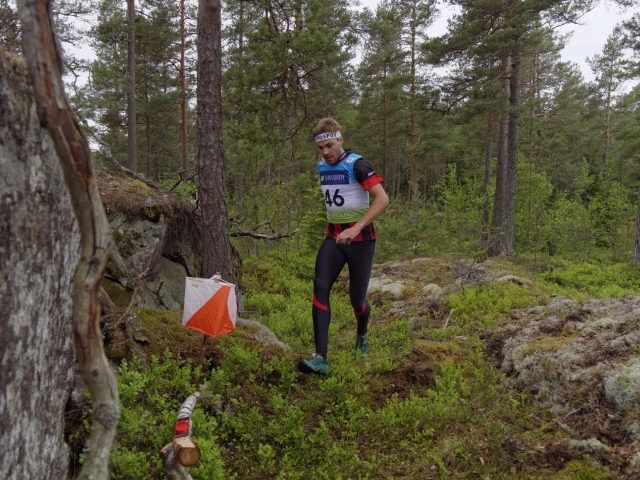Finns live very close to protected forests

Almost all Finns live within ten kilometres from a strictly protected state-owned forest area. Recreation activities in nature, such as orienteering, may be hampered because of protection, though not all that much.
Almost all protected areas in Finland have been established to protect biodiversity. It is frequently thought that these areas are also good for recreation, but this is not always the case.
Hunting, for example, is forbidden in most protected areas, except in northern Finland, where you can hunt in state-owned protected areas within your home municipality. Still, the ban on hunting is a subject of continuous discussion in Finland.
Mr. Tapani Tulkki, Executive Director of the Helsinki Metropolitan Area Guides and Scouts, considers the updated map showing the distances between Finns’ residences and protected areas on the forest.fi website interesting. According to the map, almost every Finn lives within a distance of ten kilometres from state-owned strictly protected areas.
In some parts of Finland, the distance is longer on the map, though not in reality: in these areas, too, a protected area owned by somebody other than the state is close by.
Hardly a surprise
The map is not, however, a surprise for Tulkki. ”Thinking about the accessibility of recreational areas, some of which are protected areas, you might perhaps compare them to the size of your house or flat. It is not just a matter of how many square metres, or recreational areas, you have, but also whether you can really make use of them in practice,” says Tulkki.
According to Tulkki, there are plenty of recreational areas in the capital region, owned by both the local authorities and the state, and the majority are national parks. However, this may not be enough because the population in the region is constantly increasing.
”A more useful measure would be the number of recreational hectares per inhabitant,” says Tulkki.
The accessibility and usability of the areas are affected by many things. ”People cannot, for example, be assigned specific times for visiting the areas. In fact, everybody wants to go there more or less at the same time,” says Tulkki.
Protection generally prevents orienteering

As regards orienteering, strictly protected areas are a problem, because as a rule, it is forbidden in such areas. This is normally also the case when planning the use of municipal recreational areas.
However, it is mostly possible to get permission for orienteering even in these areas – not just anywhere, but where it does not affect protection. ”You could say that this is a practical problem, to which we have usually found good solutions,” says Mr. Heikki Liimatainen, who is in charge of recreational activity in the Finnish Orienteering Federation.
In state-owned protected areas orienteering events are usually agreed upon annually. Agreements on such events usually set a ceiling to how many participants are allowed.
”It may be, say, one hundred at most, which is a problem. As an example, the weekly evening events of the Helsinki Orienteers can attract as many as 500 participants. But these are just problems we have to settle one way or another,” says Liimatainen.
On the other hand, Liimatainen knows it is often difficult to locate a protected area. ”We naturally always ask the landowner for permission to arrange an event, and in 90 percent of the cases they are happy to oblige. It may be that it’s only then we realise there is a protection site inside the area we have planned to use. There is no general register of protection sites, not even of those owned by the state,” says Liimatainen.
The damage caused by orienteering events to forest undergrowth may be substantial, especially in the vicinity of the control points, but according to research studies, the terrain and vegetation usually recover well. On the other hand, the annual Jukola relay may have as many as 20,000 participants, so obviously badly trampled areas cannot be avoided.
”In general, you can say that the traces left in the forest by events like this will vanish in 2 to 3 years,” says Liimatainen.
Previously in forest.fi: Orienteering competition leaves traces in National Park
Watch a promotion video of orienteering by International Orienteering Federation
Kirjoita kommentti